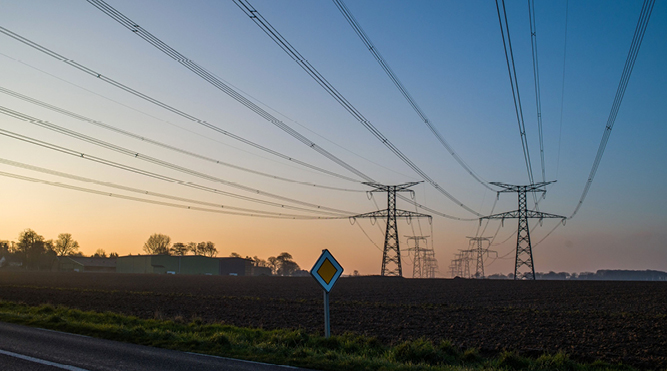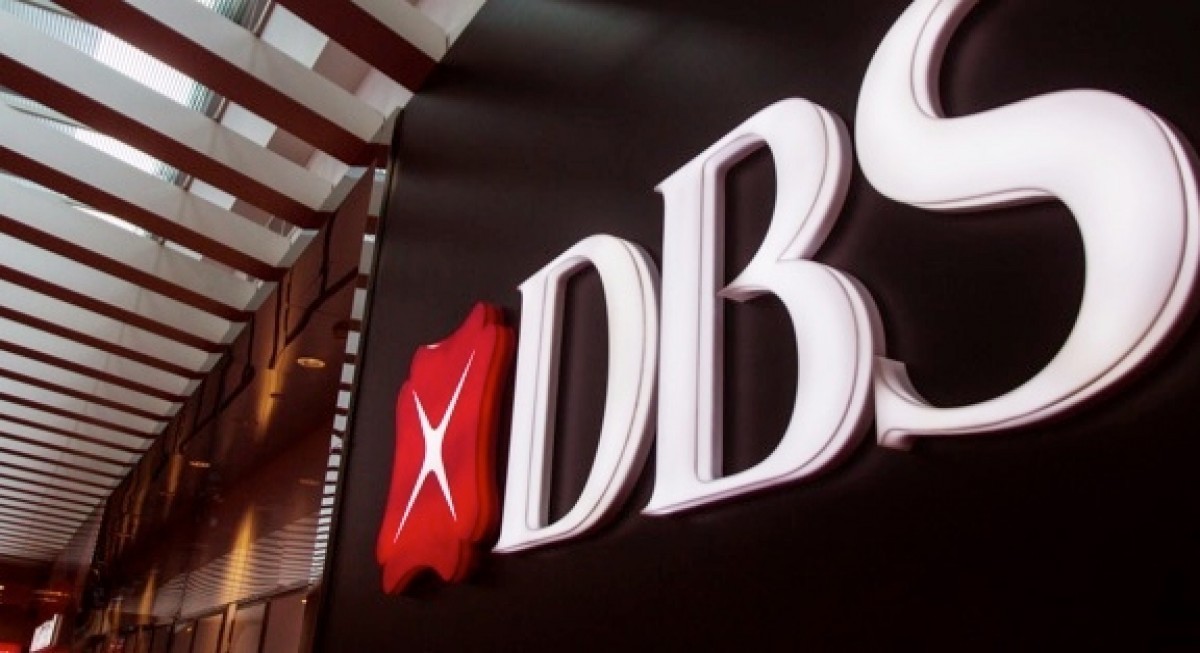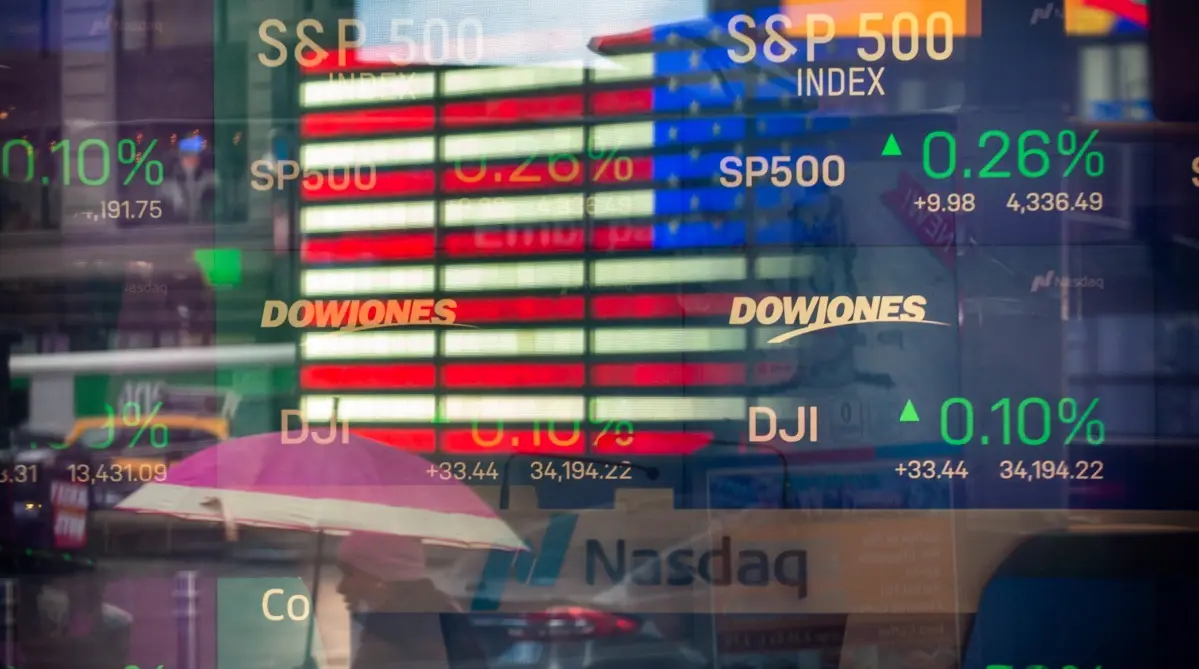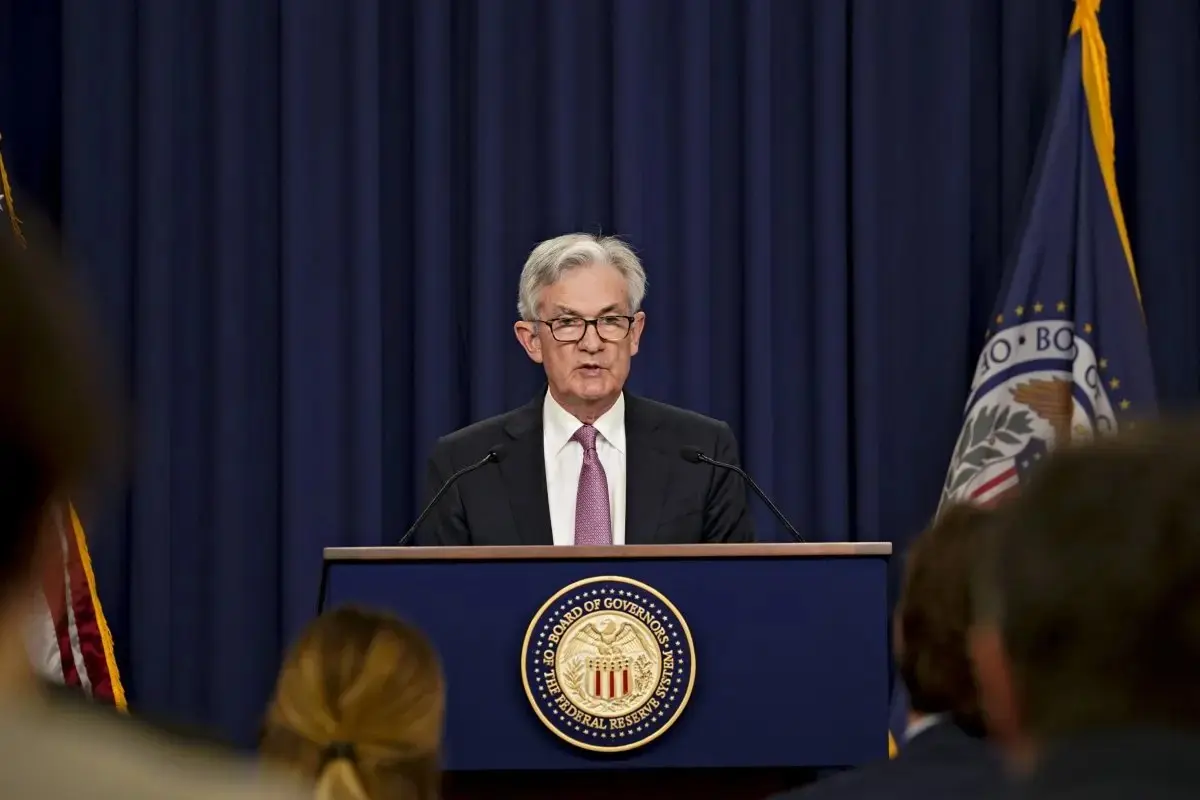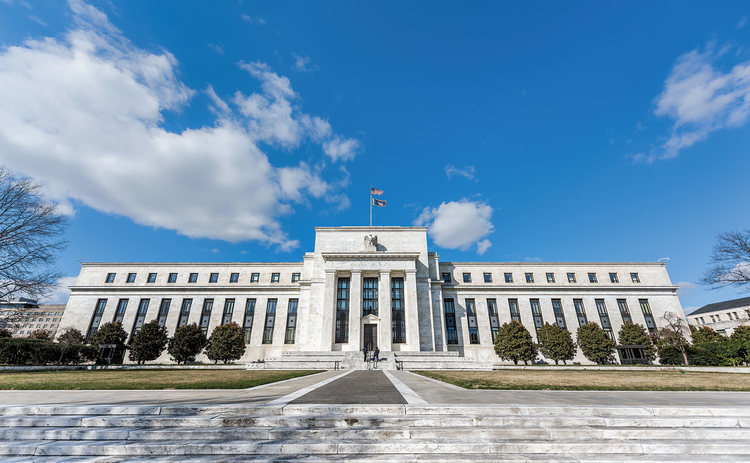Jovi Ho Thu, Jun 23, 2022
Despite a slight recovery in late May, this year has been difficult for markets. Equities are down yearto-date, and government bonds have failed to provide protection as persistent inflation concerns have forced central banks to turn aggressive, says Pictet Wealth Management.
The situation remains fragile, adds Pictet in its 2H2022 outlook, as geopolitical tensions lead to “increasing weaponisation of assets”.
With prices of energy rising as a result of the war in Ukraine, food looks like it will be next, says Pictet, amid rising threats to Chinese tech stocks’ US listings.
“Given the abundant uncertainties, we believe it still pays to be generally cautious. Much will depend on central banks, especially the US Federal Reserve,” says Pictet on June 8.
Pictet’s central scenario is that by late summer, the Fed will dial back on aggressive policy to avoid tipping the US economy into a recession.
Along with the continued health of US consumer spending, this could provide some respite to equities, it adds.
“But while a lot of the previous exuberance has been knocked out of equities, the situation is delicate, and we are conscious that corporate earnings and margins are coming under intense pressure,” says Pictet.
Volatility will remain an investment theme, says Alexandre Tavazzi, Pictet Wealth Management’s CIO Asia and global head of CIO office and macro research.

This will be seen in fixed income, currencies as well as equities. “We also see the current dislocations as playing to the strengths of macro hedge funds. And the outlook is becoming more balanced for global government bonds as growth concerns rein in the scope for rate rises,” says Tavazzi.
He adds: “We remain attentive to opportunities in volatility. We believe derivatives will continue to help to monetarise high volatility and mitigate portfolio risk.”
That said, pressure on central banks to tighten monetary policy will remain strong as the purchasing power of households risks being dented further, says Dong Chen, head of Asia macroeconomic research at Pictet Wealth Management.

Chen expects the Fed to deliver two additional 50-basis-point (bps) rate rises in June and July. “But we think [there will be] a pause thereafter [for market players] to assess the impact of steadily tightening financial conditions,” he says.
Pictet has lowered its 2022 GDP growth forecast for the US from 3.0% to 2.8%.
Says Chen: “Likewise, we are reducing our 2022 GDP forecast for China — from 4.5% to 4.0% — believing any forthcoming rebound will be comparatively modest.”

According to Chen, broadening inflation pressure means that the European Central Bank will raise policy rates in July by at least 25bps. “We have cut our GDP growth forecast for the euro area this year from 2.8% to 2.5%,” he says.
Some froth removed from equities
Despite a late-May revival in performance, Pictet remains neutral on stocks globally. “Forward earnings have been revised downwards, with the decline in valuations leading us to lower our targets for the full-year performance of developed-market equities,” says Pictet.
While European stocks look comparatively cheap, Pictet remains neutral on both US and European equities. “The former are suffering from the increase in sovereign yields, while the latter face heightened risk from the current geopolitical tensions,” says Pictet.
It remains overweight on the Swiss and Japanese equity markets — the former for its long-term defensive appeal, the latter for diversification benefits.
Emerging-market equities found some breathing room in late May after many difficult weeks, says Pictet, with a break in the steady decline in earnings expectations that followed the invasion of Ukraine.
The impact of the gradual re-opening of China’s economy after Covid-19 lockdowns bears watching, Pictet adds.
Health, tech and infrastructure
Amid widespread equity malaise this year, big pharma stocks have “proven their worth” as a defensive play, says Pictet. “Health spending continues to expand, patent expiries are not an issue in most cases, and margin pressure is much less a problem than in other sectors.”
With increased focus on healthcare post-pandemic, the rally is not yet over.
Says Pictet: “Still trading at a discount to the broader market and to other defensive sectors, we believe pharma sector valuations have room to grow.”
Despite declining liquidity conditions, some long-term themes, such as health, tech and infrastructure, continue to offer high potential for alternative investments, says Pictet.
Investing in the energy transition
On June 6, US President Joe Biden invoked the Defense Production Act (DPA) to spur the domestic production of clean energy technologies in the US.
The order includes tariff exemptions on solar imports from Southeast Asia for 24 months.
This will apply to select solar component manufacturers in Cambodia, Malaysia, Thailand and Vietnam.
According to Jennifer Boscardin-Ching, client portfolio manager, thematic equities, at Pictet Asset Management, the DPA will allow the federal government to invest in companies that can build cleanenergy facilities, expand cleanenergy manufacturing and accelerate the installation of cleanenergy technologies for consumers.

The US Department of Energy states that solar photovoltaics is the largest source of new US electricity generation capacity and the cheapest new electricity source in many regions of the country.
The DPA announcement is structurally positive for the solar segment, says Boscardin-Ching. “Over the past few months, the potential spectre of additional tariffs being imposed on solar imports has remained a regulatory overhang on the US solar industry as investors worried this would dampen growth in the sector, but we believe that this order will remove any uncertainties for the next two years at the minimum.”
Beyond solar, the nascent green hydrogen industry will require electrolysers, fuel cells and platinum group metals. “While in our view, green hydrogen has long-term decarbonisation potential, the technology and investment opportunities are still at an early stage with many pure-play companies still volatile and free-cash-flow negative,” says Boscardin-Ching.
“As such, we are continuing to keep a close eye on developments and looking for attractive investment opportunities,” she adds.
The US Department of Energy expects “unprecedented growth” in electrification — necessary to support the country’s clean energy transition.
It estimates that by 2030, the country would need to expand electricity transmission systems by 60% in order to meet the country’s increase in renewable generation and electrification needs.
“As such, invoking the DPA will support a robust domestic supply of modern grid components in order to strengthen and modernise the nation’s electric grid,” says Boscardin-Ching.
“Some US electric grid owners and operators could benefit from this, in addition to many of the enabling technologies such as power semiconductor manufacturers, which provide crucial components for the grid.”
Photos and infographics: Pictet

